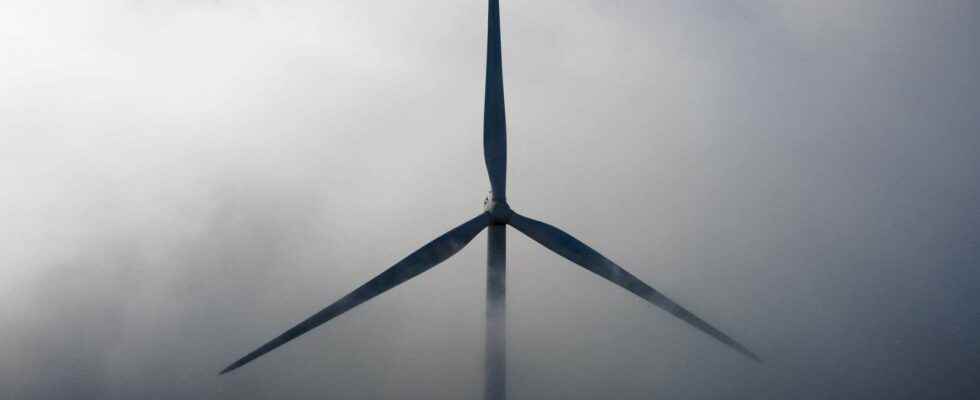Two researchers from Concordia University want to see wind turbines flourish in cities. For this, they have designed a system that helps find the best locations.
“The beauty of it is that we don’t need to transport our energy. It is supplied on site,” explains Stéphanie Higgins, who conducted the study as part of her master’s thesis in building engineering.
Such facilities have already been erected in Chicago, Bahrain and London. “Each city has a certain potential,” says the researcher. According to her, using urban wind turbines is part of an ecological and environmental approach. “Why seek our energy elsewhere if we are able to have it there? »
This also makes it possible to “take advantage of the characteristics of the city”. The tall buildings along a narrow street create corridors where the wind picks up speed. And these faster winds produce more energy, says Theodore Stathopoulos, who supervised the study.
If Mme Higgins does not believe that a city could be self-sufficient in energy thanks to wind turbines, she believes that they would be “a nice complement”. “We have a lot of power cuts in Quebec caused by very strong winds. The wind destroys something and then it helps you generate energy,” the professor from the Department of Building, Civil and Environmental Engineering points out, not without irony.
Met in 2019 by The duty, Mr. Stathopoulos was already dreaming of implementing this technology in an urban environment. While research in this area is still in its infancy, Mme Higgins and Mr. Stathopoulos have since succeeded in developing an artificial intelligence, making it possible to determine the best location in town to install a wind turbine.
“The question is no longer so much how to find a wind turbine, but where I will place it and what problems I may have,” explains Stathopoulos. Machines can be noisy, and wind acceleration is not constant around town, which is not ideal for turbines. “What we did was see how we could deal with these disadvantages” and target the best locations to get the most profit, he summarizes.
The next step is to expand this database so that we can consider more cases, prove [les résultats] and market them
Mme Higgins first analyzed the different installation possibilities. In the middle of a roof, on the left or on the right; the options are many. The student was able to take advantage of the university’s boundary layer wind tunnel to see how “the wind regime develops around” different building shapes.
After compiling the results of 157 case studies available in the literature, the researcher finally tested the intelligence of her system with three cases that were not part of her database. By comparing the results to those collected in a laboratory, the two authors obtained an accuracy rate of 99%.
“The next step is to expand this database so that we can consider more cases, prove [les résultats] and market them,” says Stathopoulos, who is very optimistic about the future of this green energy source. “The more we work on it, the more the technology improves, and some of the disadvantages [des éoliennes urbaines] will be resolved. But it’s a matter of time,” he concludes.
Focus on clean energy
While urban wind turbines are still rare in Quebec, this type of energy is gaining ground. Prime Minister François Legault announced on April 20 that he had authorized Hydro-Quebec to launch a 2,300 MW call for tenders for wind and renewable energy, the largest in Quebec’s history, he said. .
Quebec now has 3885.3 MW of wind power installed on its territory, according to data from Hydro-Quebec.
This content is produced in collaboration with Concordia University.
